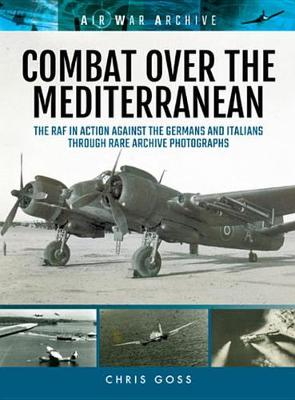Air War Archive
9 total works
These dramatic stills show attacks against German and Italian aircraft, Axis warships and merchantmen, harbours and other targets on what are now popular holiday destinations such as Rhodes, Naxos and Kos and across the Greek Islands, the Aegean and Ionian Seas. This book will be based around these remarkable and spectacular photographs and will include full details of key missions and the crews who participated, with information drawn from Squadron records and combat reports.

